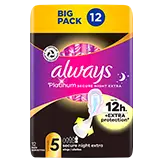
How to Manage Period Pain and Cramps


All content within this page has been reviewed by
Dr David Nunns, Consultant Gynaecologist



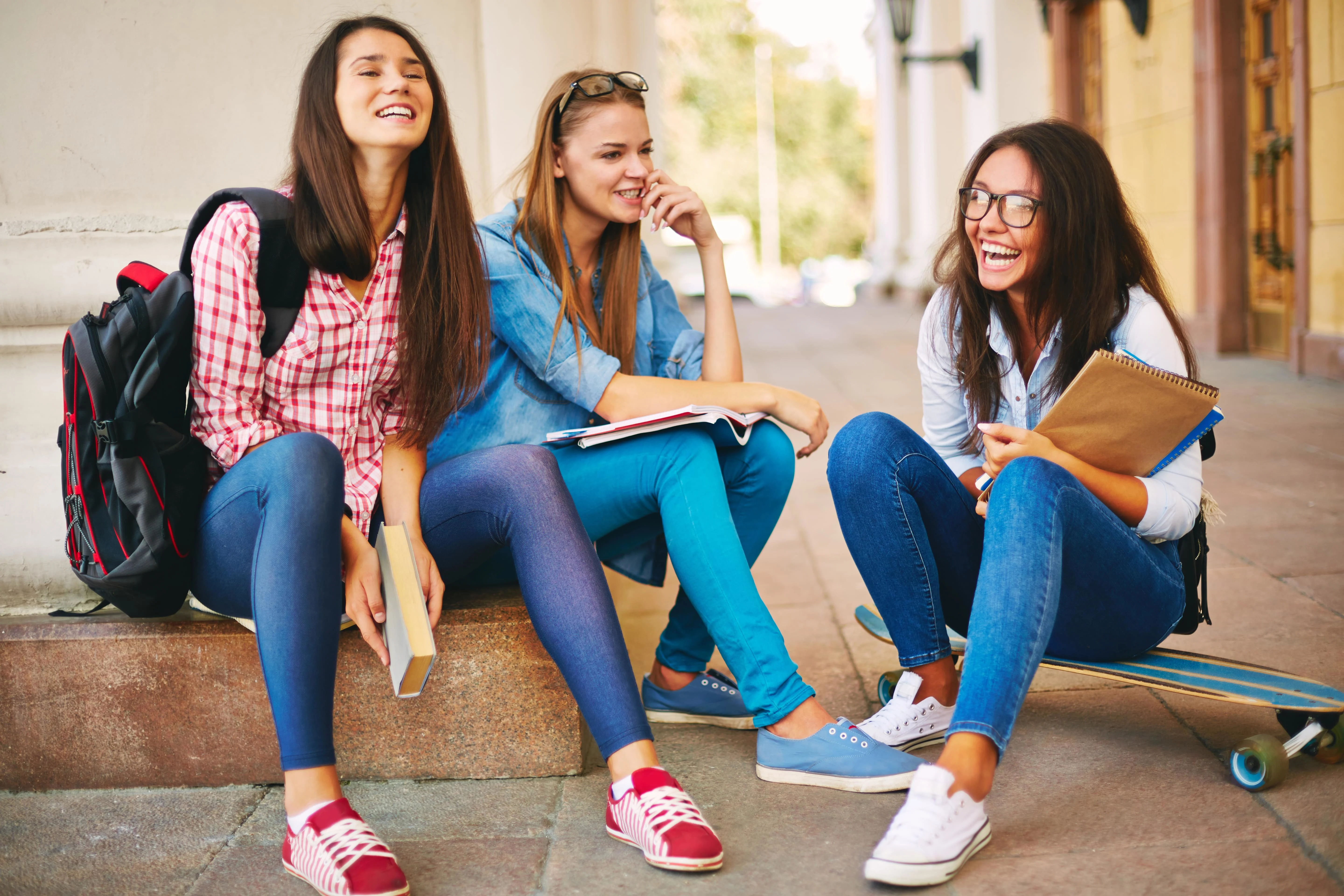

How to get rid of period pain and cramps
Every woman at some point in her life tends to experiences crampy abdominal pains, also known as menstrual pains, during her period.
Table of content:
What is period pain and cramps?
Many women with regular cycles experience pain before or during their periods. This is due to the shrinking of the uterus and usually causes discomfort but does not interfere with daily functioning. Sometimes, however, the pain during menstruation is very severe or accompanied by other symptoms, making it impossible to undertake activities.
Menstrual pains are crampy abdominal pains that occur during menstruation. They occur at the end of the menstrual cycle, i.e. when no eggs have been fertilised during the passing cycle and a pregnancy has not developed.
Why period cramps happen and how do you know it's it?
Menstrual cramps occur when the lining of the uterus, which has built up in preparation for pregnancy, needs to flake off and leave the body. For this to happen, the uterine muscles alternately contract and relax. These contractions can in turn cause crampy menstrual pains. Not everyone experiences these. Some feel only slight discomfort, while others experience pain in the lower abdomen or sharp pain radiating to the legs and back. Other symptoms that may accompany menstrual pain include:
- nausea,
- vomiting,
- diarrhoea.
However, it is important to remember that although menstrual pain is common, acute pain caused by these cramps is not. You should consult your doctor if you have acute pain, if it impedes your daily functioning or if it intensifies over time. These symptoms may suggest that there are other factors behind what appears to be normal, expected menstrual pain.
How to Get Rid of Period Pain and Cramps. 10 remedies to try
Learning how to manage period pain and menstrual cramps can be hugely helpful in adjusting to menstruation and enjoying puberty as best you can. How to get rid of period pain? It all depends on your body, sometimes home remedies are enough to relieve period pain and sometimes you need to see a doctor.
How to manage period cramps? Here are our best tips for how to get rid of period pain (or at least decrease the pain):
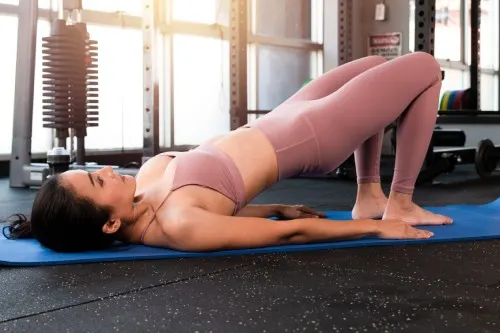


Get moving
Yes, we know. You want to stay on the sofa. But resist that urge to remain curled up in a ball on the couch and get moving. Your body will thank you for it.
That’s because exercise releases endorphins – the feel-good hormones. Endorphins actually change the way the brain processes pain, and therefore can make pain feel less intense. Pretty neat, huh?
Fitting in some light exercises for period pain can be as simple as doing a few minutes of yoga or taking a brisk walk around the block. The main thing is to increase your blood circulation, loosen up your muscles, and get those endorphins flowing.
In addition to this, maintaining a healthy diet and regular exercise regimen can make a significant contribution to preventing menstrual pain.
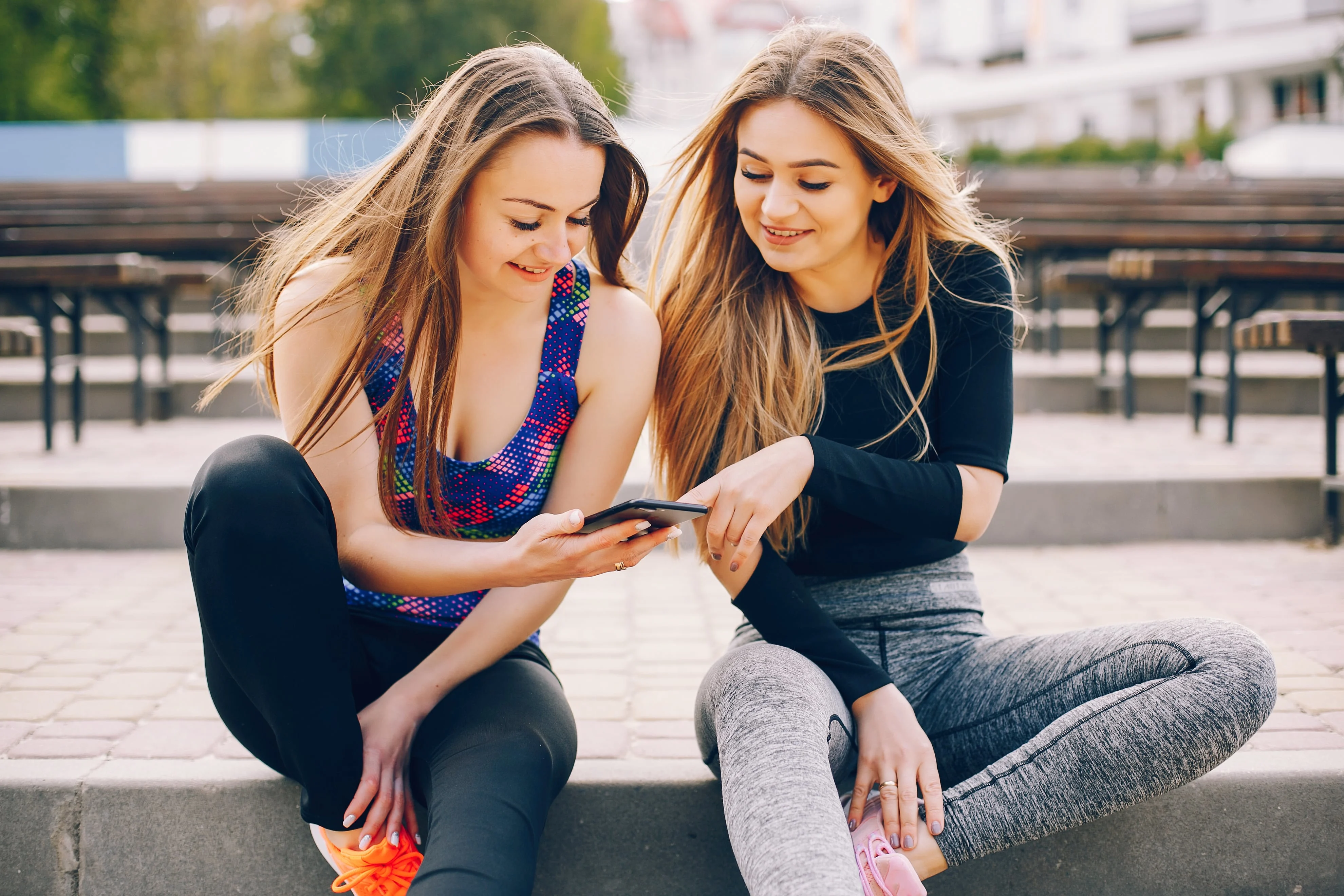


Hug a heat pad or hot water bottle
Hugging a heat pad or hot water bottle is one of the most popular ways to stop period cramps. Applying heat to your cramping area can increase blood flow, which in turn helps loosen the muscles that are contracting and causing cramps.
Added bonus: you get to cuddle up all warm and cozy for some relaxation time. All in the name of how to stop period pain.
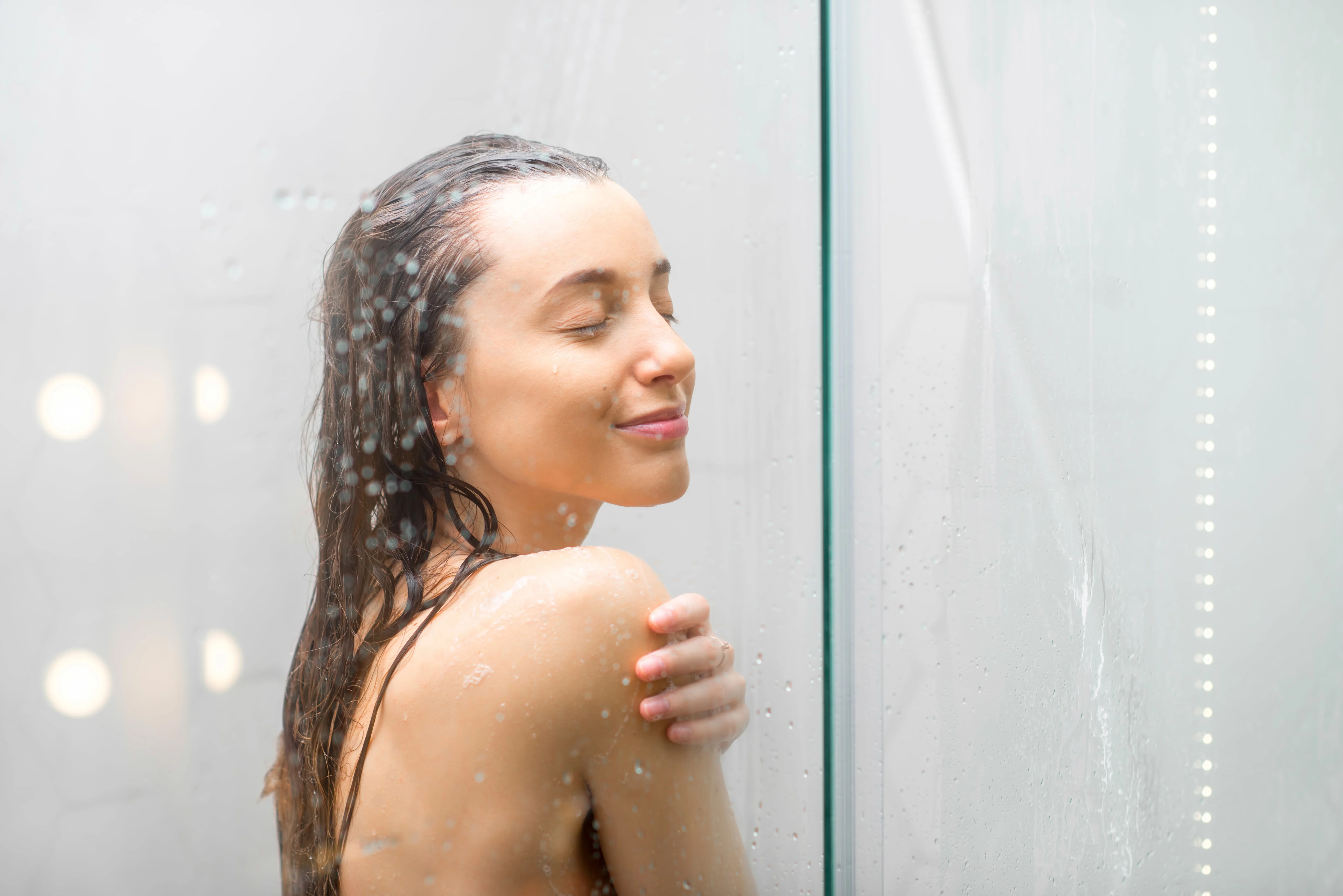


Take a warm bath or shower
Heat can help with menstrual pain. Warm water can help relax your muscles and ease the pain and may relieve smooth muscle spasms. If you decide to take a bath during your period, ensure that the water temperature is not too high and that the bath is not too long (20 minutes maximum).
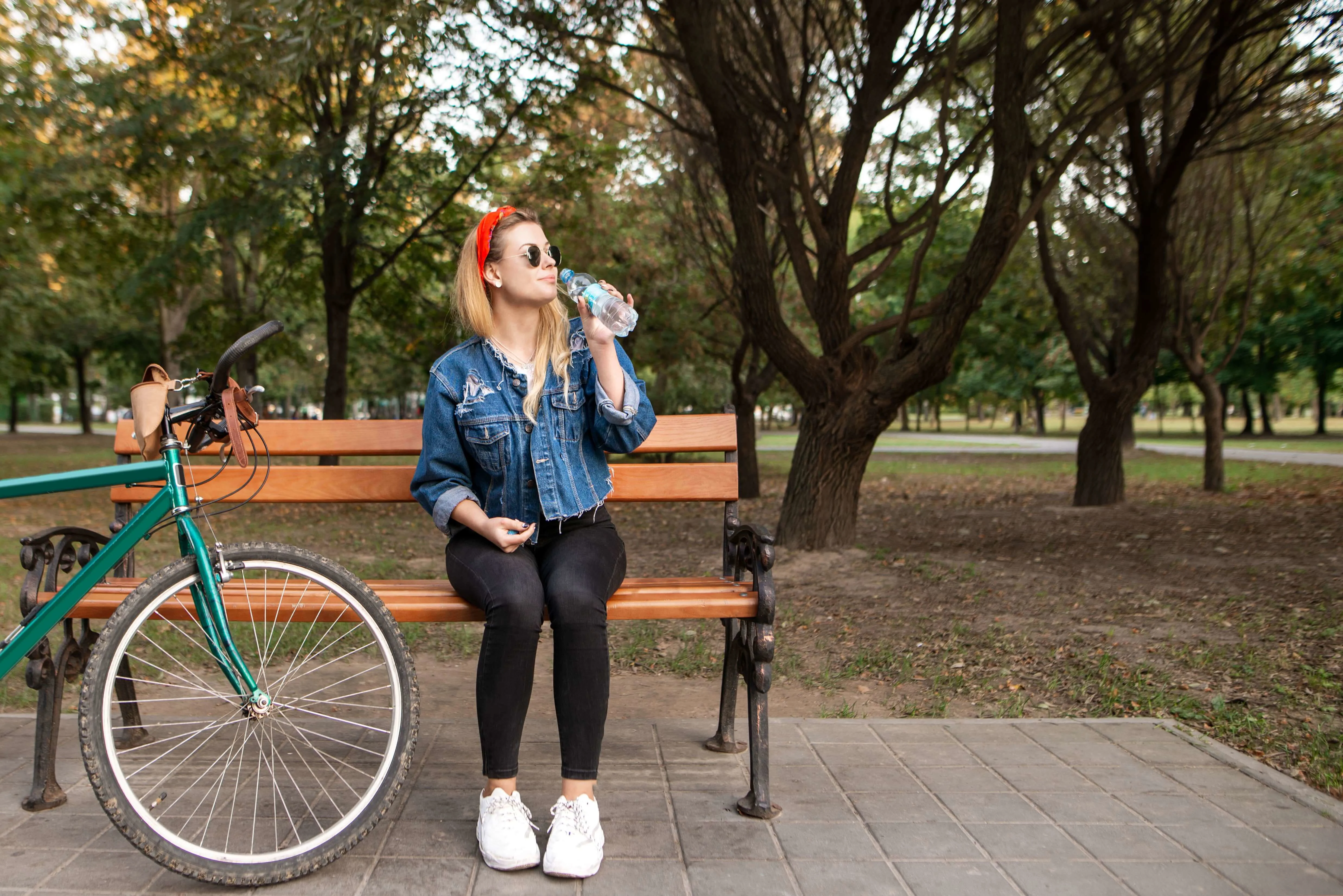


Stay hydrated
Ok. So drinking water isn’t exactly how to stop period pain. But, it helps alleviate bloating, which can intensify cramps.
So, keeping a water bottle handy can be another helpful tool in your arsenal for how to deal with period pain and cramps. Drinking water regularly throughout the day can help reduce bloating during menstruation and ease menstrual pain. It is a good idea to drink at least eight glasses of water a day. In addition, drinking warm or hot water can increase blood flow throughout the body and relax muscles. This can reduce cramps and pain.
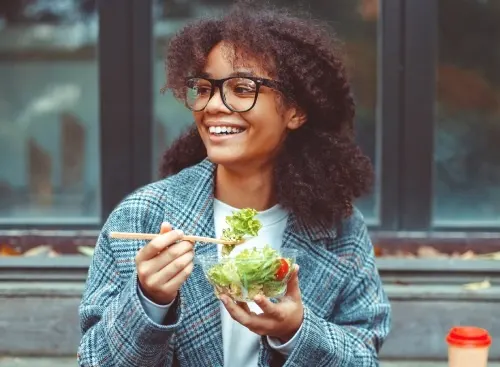


Eat a balanced diet
Eating foods that are rich in fibre (like lentils, spinach, beans and vegetables) and reducing foods that are high in fat, salt and sugar. Try to avoid or limit your intake of red meat, high fructose corn syrup and highly processed foods. Also limit your alcohol consumption.
Certain foods may bring relief from cramps - they are called anti-inflammatory foods. They help to increase blood flow and relax the uterus. These include:
- berries,
- tomatoes,
- pineapple
- spices: turmeric, ginger, garlic.
- green leafy vegetables,
- almonds, walnuts and
- fatty fish, e.g. salmon
This way you’ll stay healthy and give your body the right ingredients to fight period pain.



Rest
How do you relieve period pain when you have no energy to do anything? If your cramps are really bad, try resting. Take a quick snooze. You may wake up feeling refreshed and cramp-free. You can also just lie on the bed or sofa and listen to music or read a book.
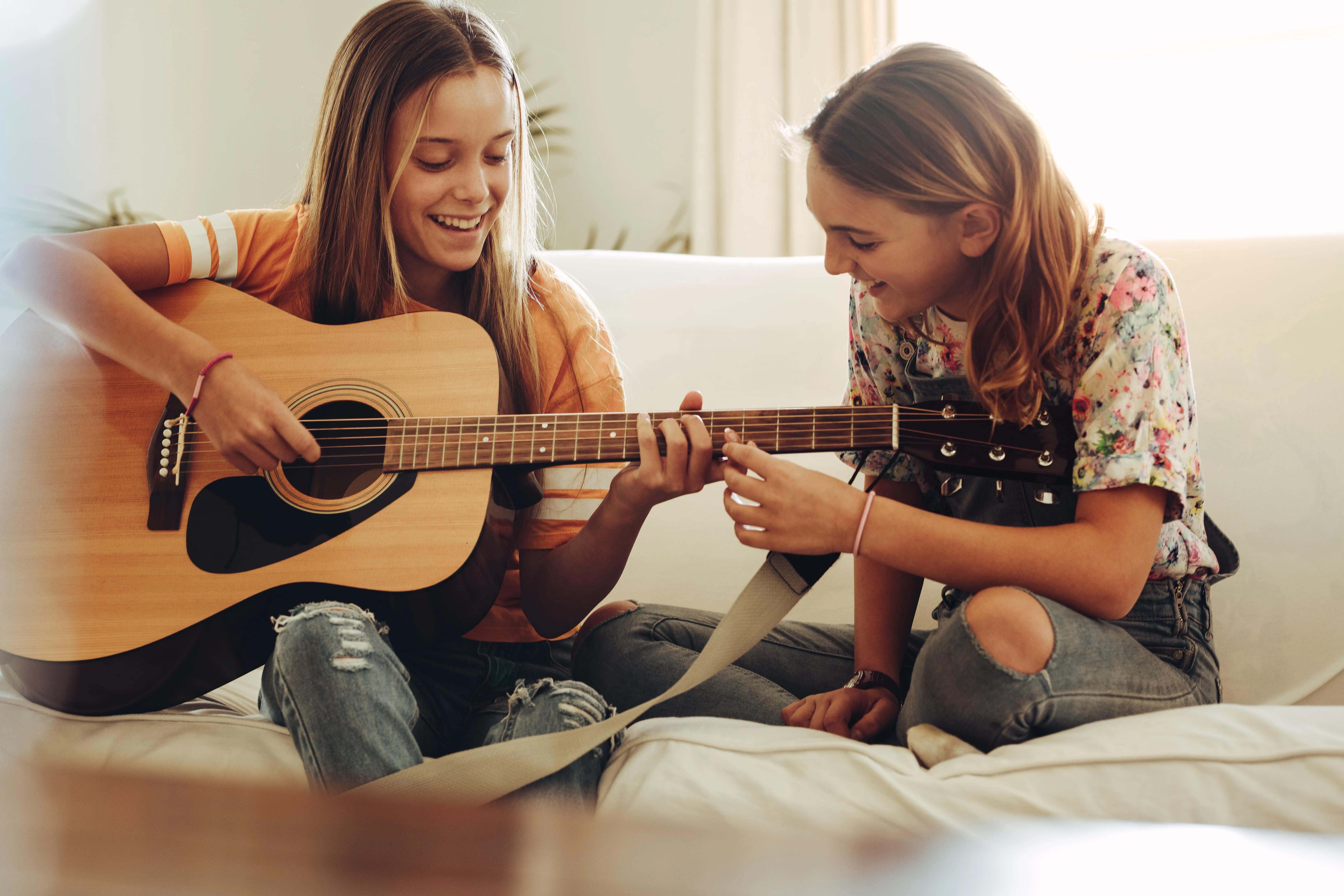


Relax
Try to relax and avoid stress. Start by practicing deep breathing exercises. Simply close your eyes, and take calm deep breaths for at least a few minutes.
Relaxing your muscles is the name of the game when it comes to managing cramps. Even gentle exercise releases endorphins, which reduce pain and relax muscles. Light stretching or a short walk can be enough and reduce pain.



Skip the caffeine
Caffeine tends to make your blood vessels constrict and can constrict the uterus. This can make cramping feel more intense.
During your period, skip the morning coffee and opt for a herbal tea instead! If you need to start your day with coffee, try decaffeinated coffee during your period. If you rely on caffeine all day, then to beat the afternoon slump, have a protein-rich snack or go for a brisk 10-minute walk. This will give you a boost of energy.
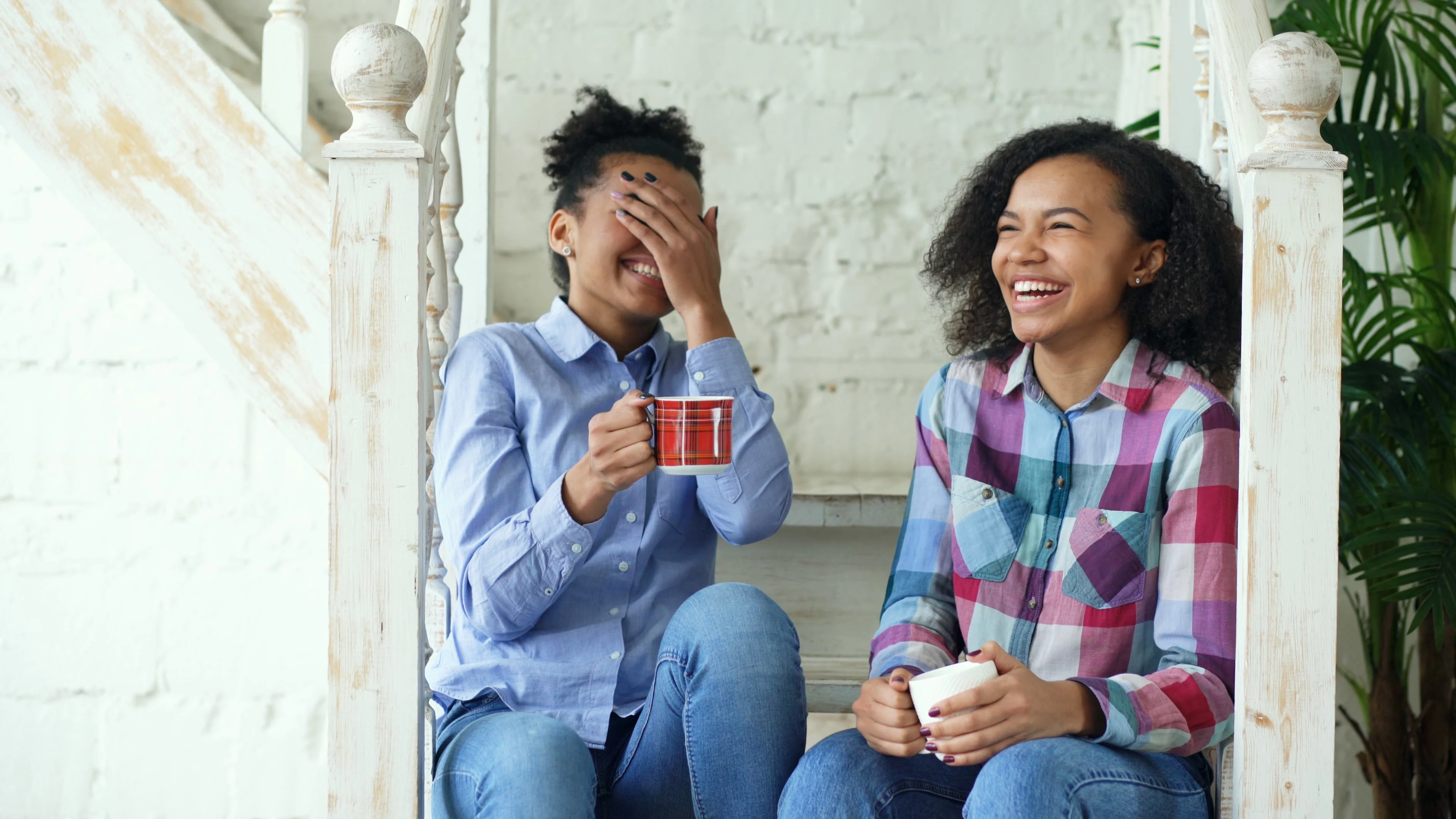


Try an over-the-counter painkiller
Popping a painkiller may be the first thing that comes to mind when asked how to get rid of period pain. Over-the-counter painkillers lower the levels of cramp-inducing chemicals in your body known as prostaglandins. You can take a pain reliever when you start feeling cramps.
Be sure to talk to your parents before taking any medication and always follow the dosage instructions on the box.
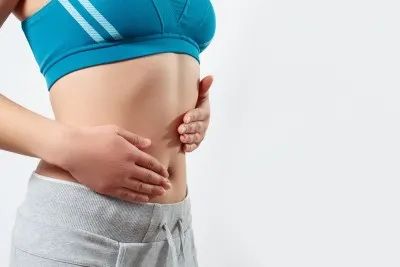


Massaging tummy and back with essential oils
Massages can reduce or stop period cramps by relaxing the uterus. To deal with menstrual cramps most effectively, massage therapy should focus on the abdominal area. Essential oils can be used for the massage (lavender, peppermint, rose, fennel) with the addition of vegetable or nut oil (e.g. grape seed or sweet almond oil). How to get rid of period pain with the help of oil? Heat about 50 ml in a water bath. The oil should be warm but not hot. Pour it onto your hands and massage it into your abdominal skin in circular motions. Direct towards the lower abdomen.
Getting help relieving period pain and cramps
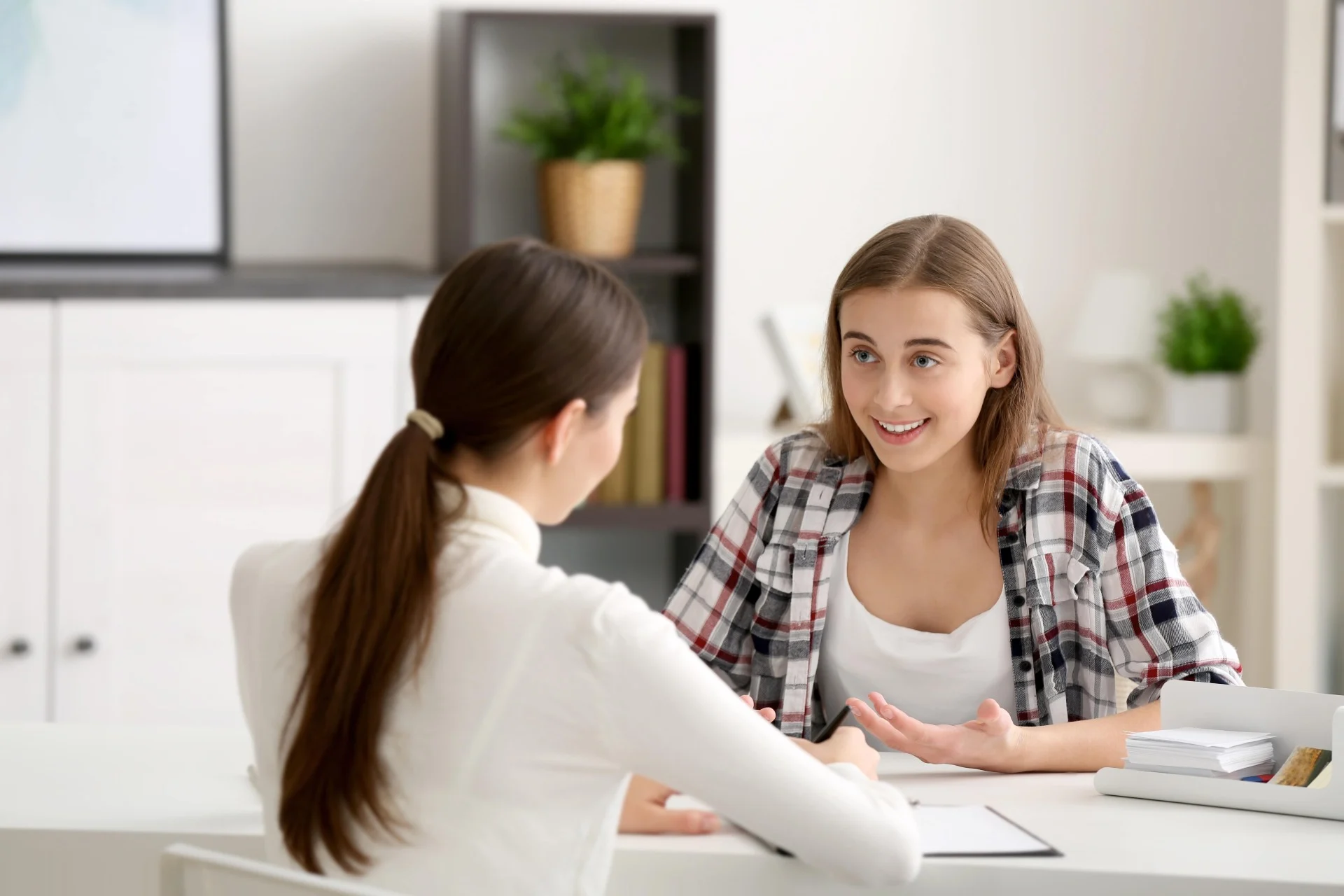

If you still find it difficult to deal with period cramps and think you might need some specific medication, talk to a trusted adult, or visit a doctor. Remember to bring any noted menstrual cycle charts and food diaries with you to your appointment and inform them of any medication, over-the-counter drugs, vitamins and mineral supplements you are taking.
If you have severe menstrual pain, your doctor may recommend:
- anti-inflammatory medicines such as naproxen, flurbiprofen, mefenamic acid,
- contraceptive pills to manage and sometime even stop your periods.
Sometimes painful periods can be caused by diseases such as:
- endometriosis and adenomyosis,
- growths in and around the uterus (uterine myomas),
- infection of the uterus, fallopian tubes and ovaries.
Therefore, if you are concerned about severe pain and cramps, please talk to your doctor.
Play around with the solutions above and see what works for you. Learning how to manage period pain will go a long way in not letting your period derail your life!
Get prepared
If there’s a silver lining to getting period cramps, it’s that they often start a day or two before your period.
This gives you a nice (if uncomfortable!) heads up that your period is on its way, and enough time to check if your supply of pads and tampons is fully replenished from last month’s period.
You can also start wearing pantyliners to catch that first bit of period blood when it starts.
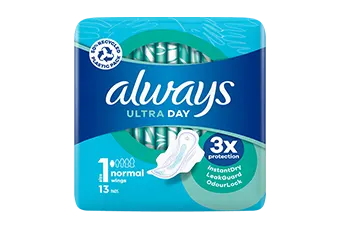
Be sure to combine your new ninja PMS- obliterating skills with some Always Ultra period pads for a knock out combination.
Absorbent and comfortable, Always Ultra pads let you be your usual amazing, confident self even when you have your period.
Or why not try Always Platinum period pads! They provide protection against leaks due to their special design and unique combination of an ultra-absorbent core and top sheet made of soft non-woven material containing 1000 micro-cushions acting as leakage barriers. Who said you can't feel comfortable AND protected?


